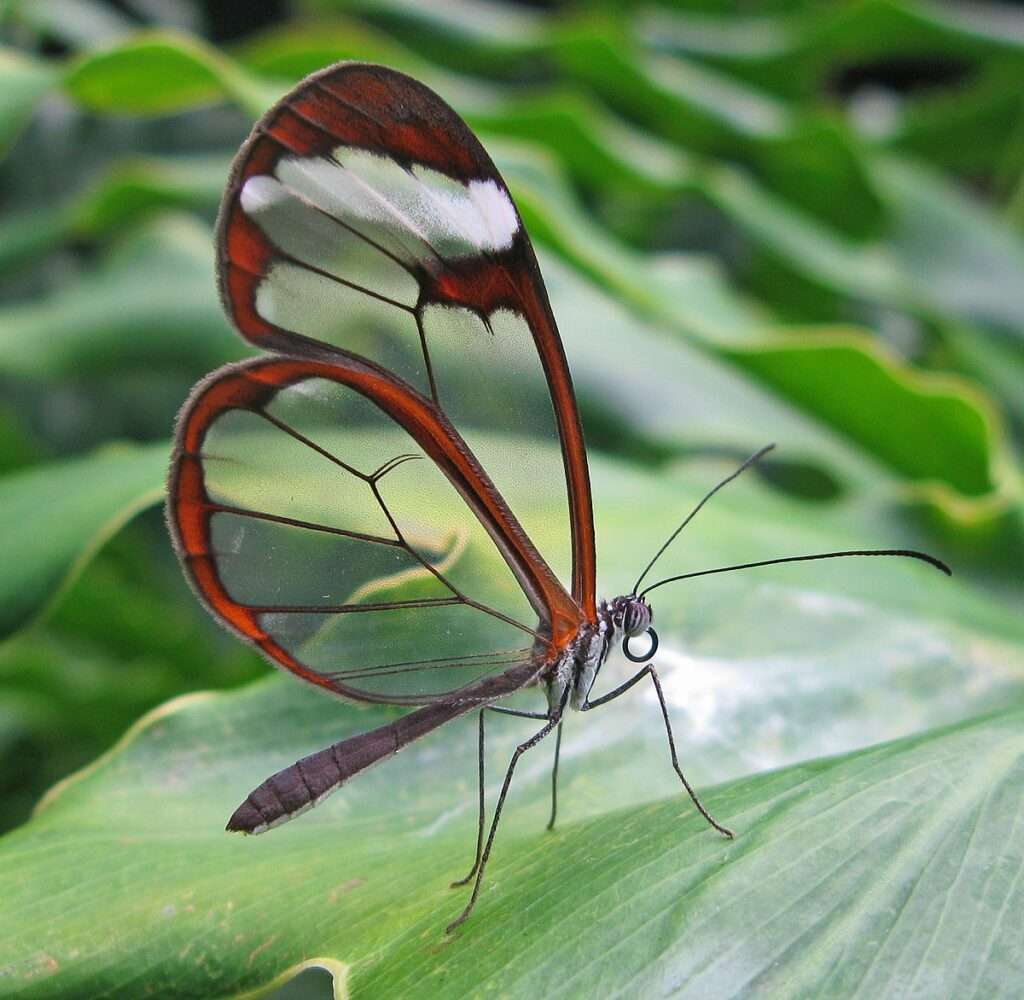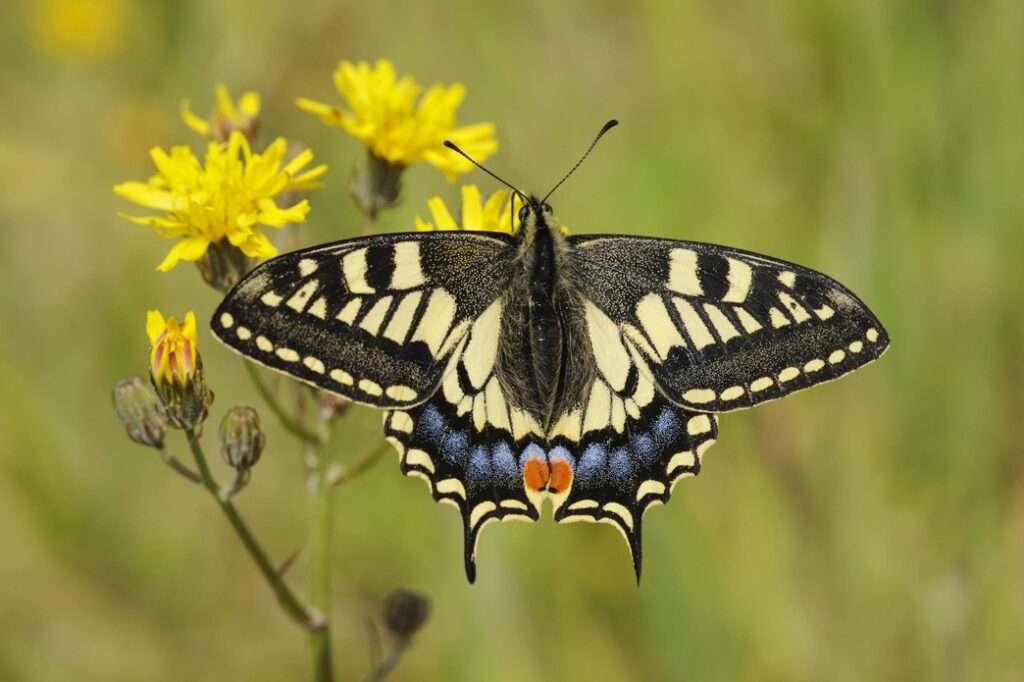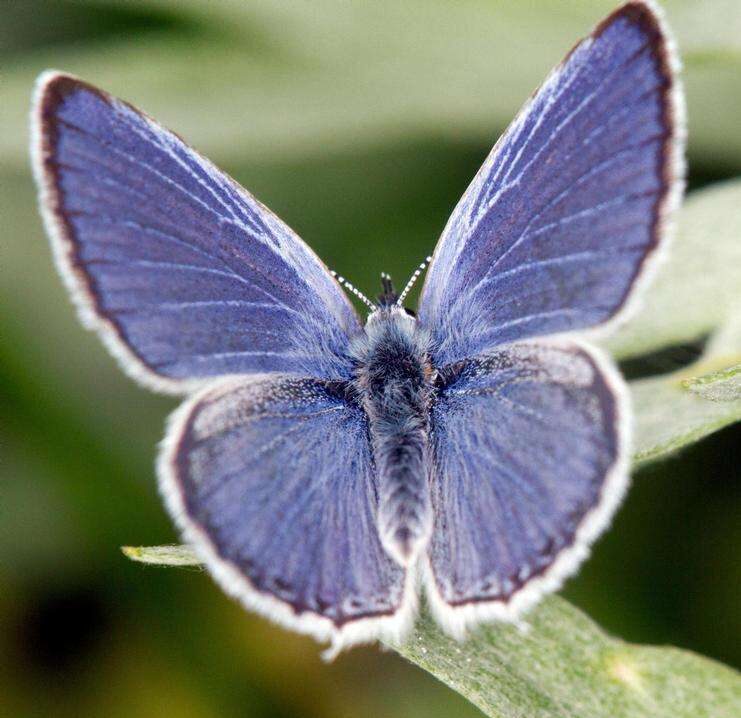
The brush-footed butterfly Greta oto belongs to the tribe Ithomiini, subtribe Godyridina, and subfamily Danainae. It goes by the popular name glasswing butterfly because of its transparent wings, which enable it to blend in without using a lot of color.
Amazing Facts
- As a protection against predators, the caterpillar consumes poisonous plants, which make them itself poisonous.
- Due to their transparent nature, they are frequently referred to as “small mirrors” or “epejitos” in Spanish-speaking regions.
- These butterflies’ wings may seem fragile, but they can support up to 40 times their own weight.
- The wings of the glass-winged butterfly (Greta oto) are translucent.
Appearance
The green bodies of the glasswing butterfly caterpillars are striped with vivid purple and scarlet. The larvae have smooth, filamentous dorsal projections and are cylinder-shaped. Pupae have a silver color. The pupa creates a silk pad on the underside of leaves during the fifth instar stage, which it clings to using four spinning motions. The mature glasswing butterfly can be recognized by its translucent wings, which have opaque, dark brown margins that are stained red or orange. Dark brown is the color of their bodies. The butterflies’ wingspan is 5.6 to 6.1 centimeters, and their length ranges from 2.8 to 3.0 centimeters (1.1 to 1.2 in) (2.2 to 2.4 in).

Diet
They deposit their eggs on plants belonging to the nightshade family, which contain alkaloid chemicals harmful to humans, and feed on common plants like Lantana, a shrub with fragrant blooms.
Predators
Common predators of this butterfly include birds. When the glasswing is a caterpillar or a butterfly, it consumes toxins from plants in the genus Cestrum and family Asteraceae to ward off predators. Consuming toxins makes the butterfly taste bad, deterring predators.
Habitat
The glasswing butterfly can be seen in Mexico and Texas, but it is most frequently seen in Central and South America, as far south as Chile. The tropical rainforests of Central and South America are ideal for this butterfly’s thriving.
Table





